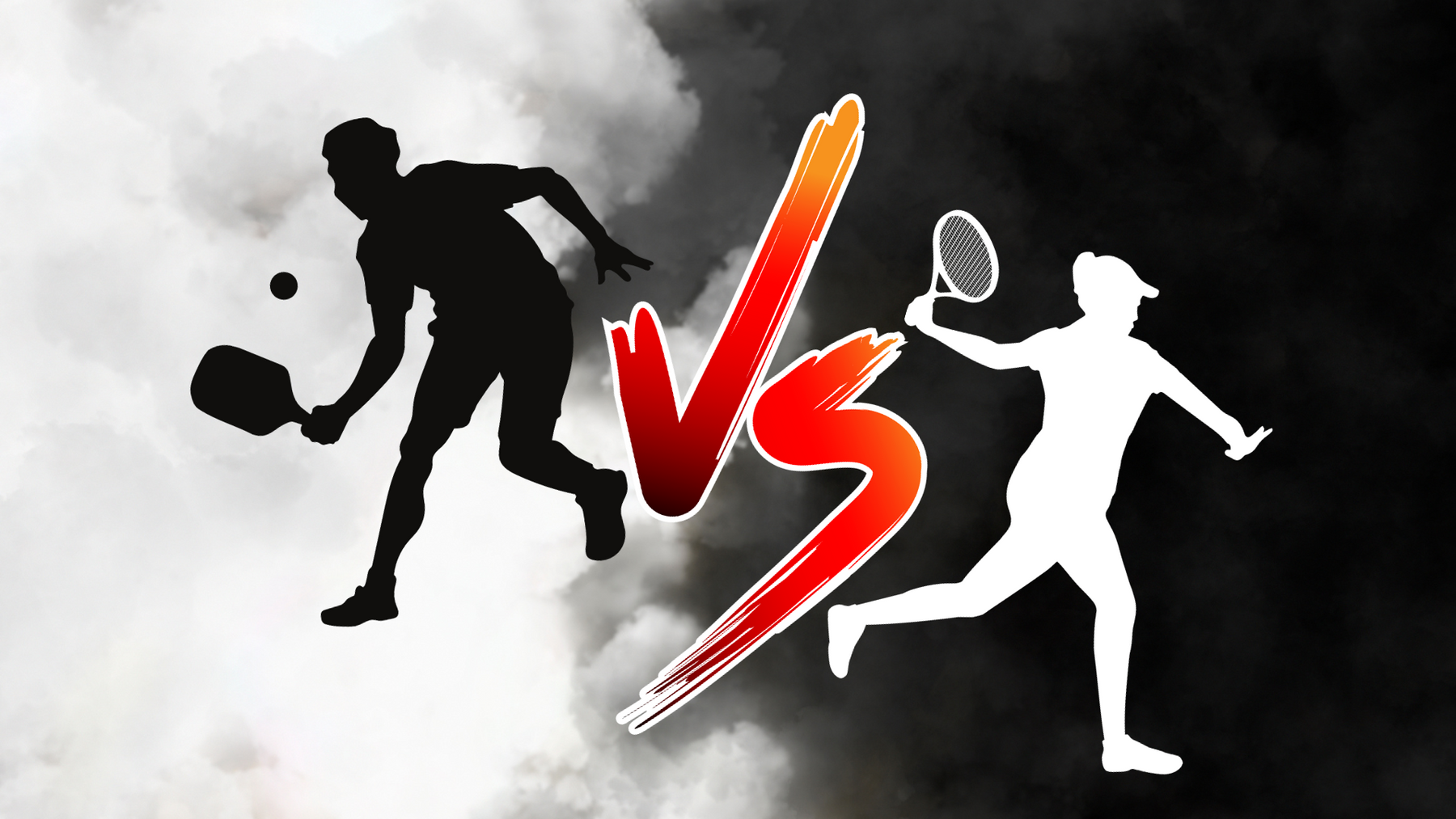
Pickleball vs. Tennis: Differences and Similarities
In the world of racket sports, two games often draw comparisons for their striking similarities and intriguing differences: pickleball and tennis. Both sports involve players using rackets to hit a ball across a net, aiming to outmaneuver their opponents. Yet, despite these superficial resemblances, they cater to different types of players and offer varied experiences. This article explores the nuances of pickleball and tennis, highlighting how these differences and similarities shape each game's unique appeal.
Table of Contents
1. Pickleball: A Lightweight, Accessible Sport
Pickleball, rapidly growing in popularity, stands out for its more accessible equipment and smaller court size. The paddles used in pickleball weigh between 7 and 9 ounces, significantly lighter than tennis rackets, which average around 11 to 11.5 ounces. This difference in weight makes pickleball equipment more portable and manageable, especially for younger players or those with limited storage space.
The balls in pickleball are also distinctive. Made of plastic and designed for a lower bounce, they weigh between 0.78 and 0.935 ounces and bounce up to 34 inches high. In contrast, tennis balls are heavier and designed for a higher bounce. This variance in ball dynamics necessitates an underhand serve in pickleball, different from the overhand serve in tennis.
2. Court Dimensions and Gameplay
Pickleball courts are smaller than tennis courts, leading to quicker games and less area for players to cover. This smaller court size makes pickleball more accessible and less physically demanding, especially for players who may find the larger tennis courts challenging.
3. Rules of Play: Diverse Strategies
The rules of play further differentiate the two sports. While both games involve serving the ball diagonally across the net, pickleball’s serving rules are generally simpler, especially for beginners. Advanced pickleball players, however, can add complexity and strategy to their serves with practice.
4. Tennis: A Game of Tradition and Athleticism
Tennis, with a rich history and global following, is played on a larger court and requires more physical endurance and coverage. The heavier rackets and high-bouncing balls lend to a different style of play, often involving more power and range. Tennis serves are overhand, adding an additional level of skill and strength to the game.
5. Pickleball vs. Tennis: A Comparative Analysis
Athletes transitioning between tennis and pickleball may find some aspects familiar, but the differences in equipment, court size, and rules offer new challenges. Whether one prefers tennis for its traditional appeal and physical demands or pickleball for its accessibility and unique play style, both sports offer enriching experiences.
Pickleball and tennis, while sharing the basic framework of racket sports, cater to diverse preferences and skill sets. Pickleball's growing popularity is testament to its accessibility and unique play dynamics, while tennis continues to be revered for its traditional, athletic nature. These differences make each sport compelling in its own right, offering players the opportunity to choose based on their individual preferences, physical abilities, and desired playing experience. Whether on the pickleball court or the tennis court, players can enjoy the thrill of competition and the joy of mastering a beloved sport.
6. Frequently Asked Questions
-
What are the main differences between pickleball and tennis?
The main differences lie in equipment weight, court size, ball type, and serving rules. Pickleball uses lighter paddles and balls, has a smaller court, and requires underhand serves, while tennis uses heavier rackets, larger courts, and overhand serves. -
Can tennis skills transfer to pickleball?
Yes, many of the skills in tennis, such as hand-eye coordination, strategy, and shot placement, can transfer to pickleball. However, players will need to adapt to the different equipment, court size, and rules. -
Is pickleball easier to learn than tennis?
Pickleball is often considered easier to learn due to its simpler serving technique, smaller court, and lighter equipment, making it accessible to a wide range of ages and skill levels. -
Why is pickleball becoming so popular?
Pickleball is gaining popularity due to its accessibility, social nature, and the fact that it can be played both indoors and outdoors. It's also easier on the body than tennis, making it a favorite among all age groups. -
How does the scoring work in pickleball compared to tennis?
Pickleball scoring is generally to 11 points and games must be won by 2 points. Like tennis, the serve must go to the diagonal box, but unlike tennis, only the serving team can score points. -
What kind of surface can pickleball be played on?
Pickleball can be played on various surfaces including concrete, asphalt, and wooden gym floors. There are also portable pickleball court options available. -
Is pickleball more of a cardiovascular workout than tennis?
Both sports can be a good cardiovascular workout, but due to the larger size of tennis courts, tennis may require more running and thus can be more intense. Pickleball, however, often involves quicker exchanges and can still be a good workout. -
What equipment do I need to start playing pickleball?
To start playing pickleball, you'll need a pickleball paddle, pickleballs, and access to a pickleball court. Comfortable sports attire and proper court shoes are also recommended. -
Can pickleball be played as doubles, like tennis?
Yes, pickleball can be played as singles or doubles, similar to tennis. Doubles is the more popular format due to the social aspect and reduced physical demand. -
How long does a typical game of pickleball last compared to tennis?
A typical game of pickleball can last anywhere from 15 to 25 minutes, whereas tennis matches can vary significantly, ranging from about 30 minutes for a quick set to several hours for a full match.

